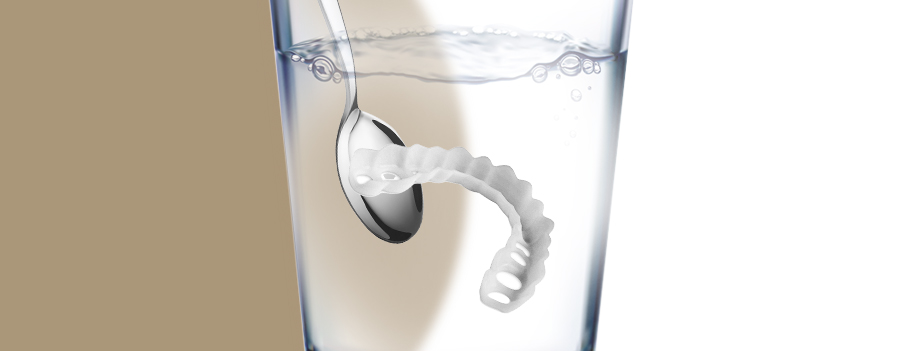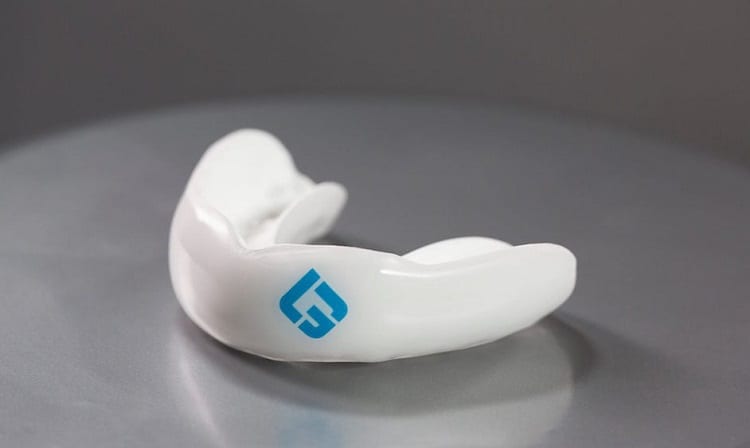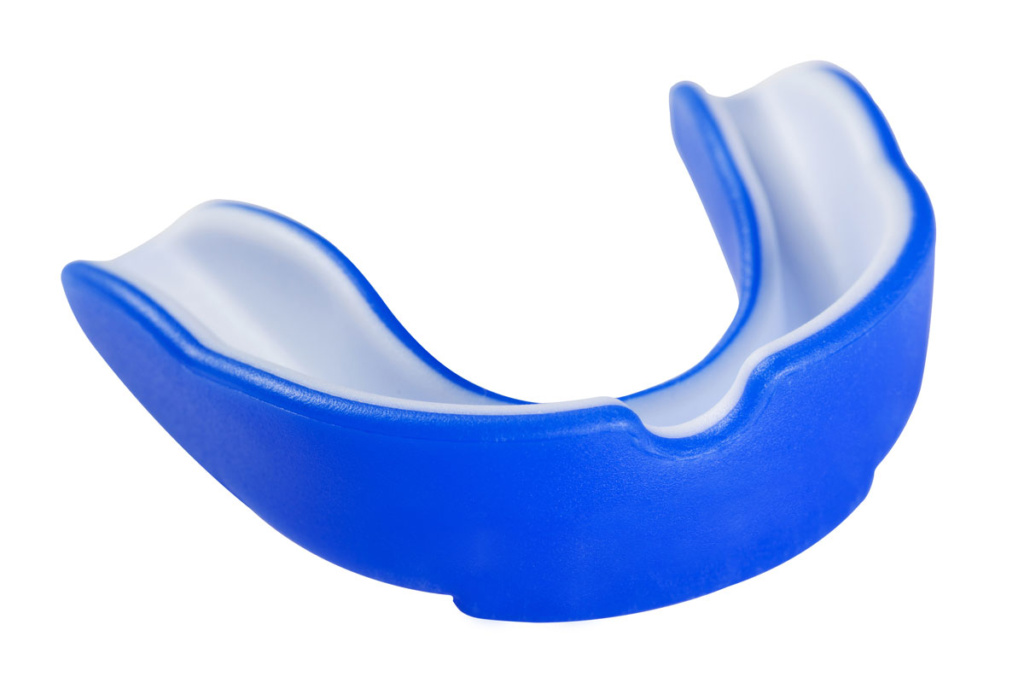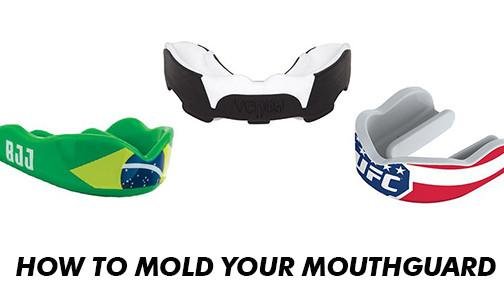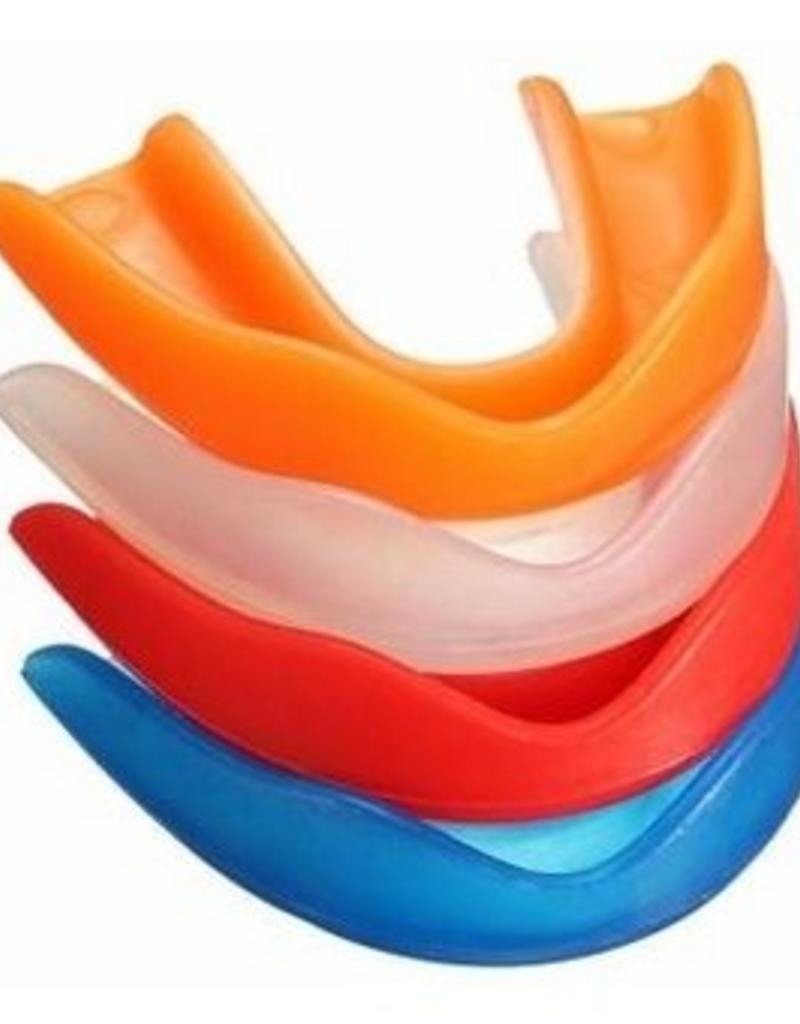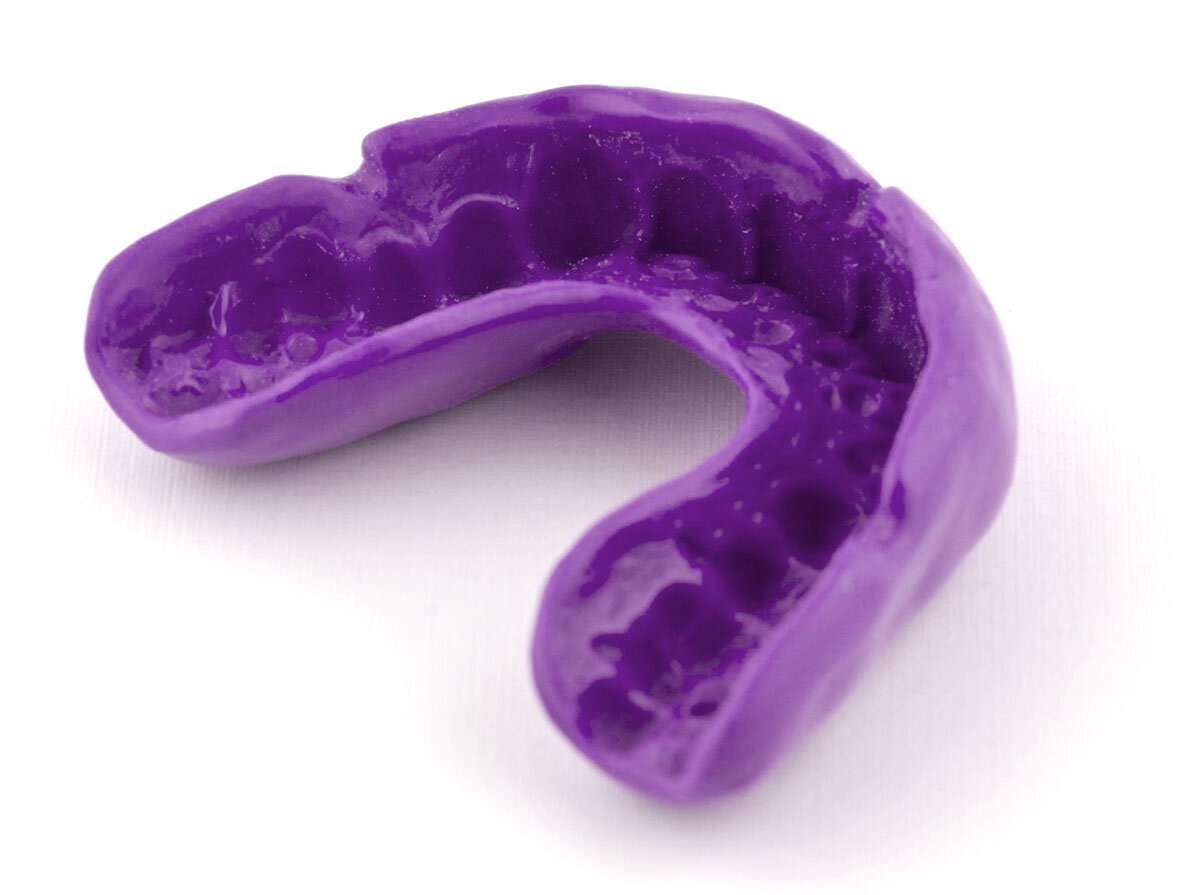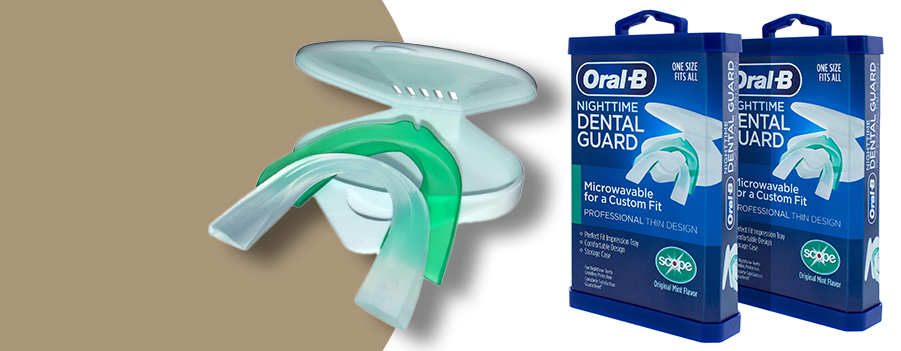How Long To Boil A Mouthguard

Mouthguard fitting gone wrong? Overheating your mouthguard can lead to irreversible damage and a costly replacement. Knowing the precise boiling time is crucial for a safe and effective fit.
This article provides a definitive guide on how long to boil a mouthguard to ensure optimal protection and comfort for athletes and individuals needing oral defense.
Boiling Time: The Critical Window
The universally recommended boiling time for a mouthguard is between 15 to 30 seconds. Exceeding this time frame risks warping the material, rendering it useless and potentially harmful.
Step-by-Step Guide to Boiling and Fitting
First, bring a pot of water to a rolling boil. Remove the pot from the heat source before proceeding.
Next, submerge the mouthguard in the hot water for the specified 15-30 seconds. Use tongs or a slotted spoon to ensure complete submersion and safe removal.
Carefully remove the mouthguard and let it cool slightly for a few seconds, enough to handle it comfortably. Position it in your mouth, centering it over your upper teeth.
Bite down firmly while pressing the mouthguard against your teeth and gums with your fingers. Mold it to the contours of your mouth for approximately 20 seconds.
Finally, remove the mouthguard and immediately place it in cold water for at least 30 seconds to set the shape. This step is essential for maintaining the customized fit.
Consequences of Overboiling
Overboiling a mouthguard can cause significant deformation. The material may shrink, warp, or even melt, compromising its ability to protect your teeth.
A damaged mouthguard can create sharp edges or an improper fit, leading to discomfort, irritation, and reduced effectiveness against impact. Replacement is the only solution in such scenarios.
Types of Mouthguards and Boiling Considerations
Stock mouthguards, typically the least expensive option, require no boiling. However, they offer the least customization and protection.
Boil-and-bite mouthguards are the most common type that require the boiling process described above. Custom-fitted mouthguards, made by a dentist, generally do not require boiling.
Always refer to the manufacturer's instructions for specific boiling times for your mouthguard model. Instructions can vary depending on the material and design.
Troubleshooting and Common Mistakes
If the mouthguard feels too hot, let it cool for a longer duration before placing it in your mouth. Avoid biting down too hard during the molding process, as this can cause excessive thinning of the material.
If the mouthguard doesn't fit properly after the first attempt, you can repeat the boiling and molding process, but limit the boiling time to the lower end of the recommended range (around 15 seconds) to avoid over-softening. Typically no more than 2 remold attempts can be made before the mouthguard begins to degrade.
In case of uncertainty or persistent fitting issues, consult a dentist or athletic trainer for professional guidance. They can provide personalized recommendations and ensure optimal fit and protection.
Data and Expert Opinions
According to the American Dental Association (ADA), a properly fitted mouthguard is essential for preventing dental injuries during sports and other activities. The ADA emphasizes following manufacturer instructions carefully to ensure optimal fit and protection.
Studies have shown that athletes who wear properly fitted mouthguards are significantly less likely to experience dental trauma compared to those who do not. Precise boiling and fitting are crucial components of mouthguard effectiveness.
Maintaining Your Mouthguard
Clean your mouthguard regularly with mild soap and water. Store it in a ventilated case to prevent bacterial growth and damage.
Inspect your mouthguard regularly for signs of wear and tear, such as cracks, tears, or deformation. Replace it if you notice any damage or if it no longer fits properly.
Proper care and maintenance will extend the lifespan of your mouthguard and ensure continued protection. Regular replacement is advisable, especially for athletes who use their mouthguards frequently.
Urgent Call to Action
Improper boiling can compromise your mouthguard's effectiveness. Act now to ensure you're using the correct procedure.
Double-check the manufacturer's instructions and adhere strictly to the recommended boiling time to safeguard your oral health. Contact a dental professional for any questions or concerns about proper mouthguard fitting and maintenance. Remember, protecting your teeth is paramount.


